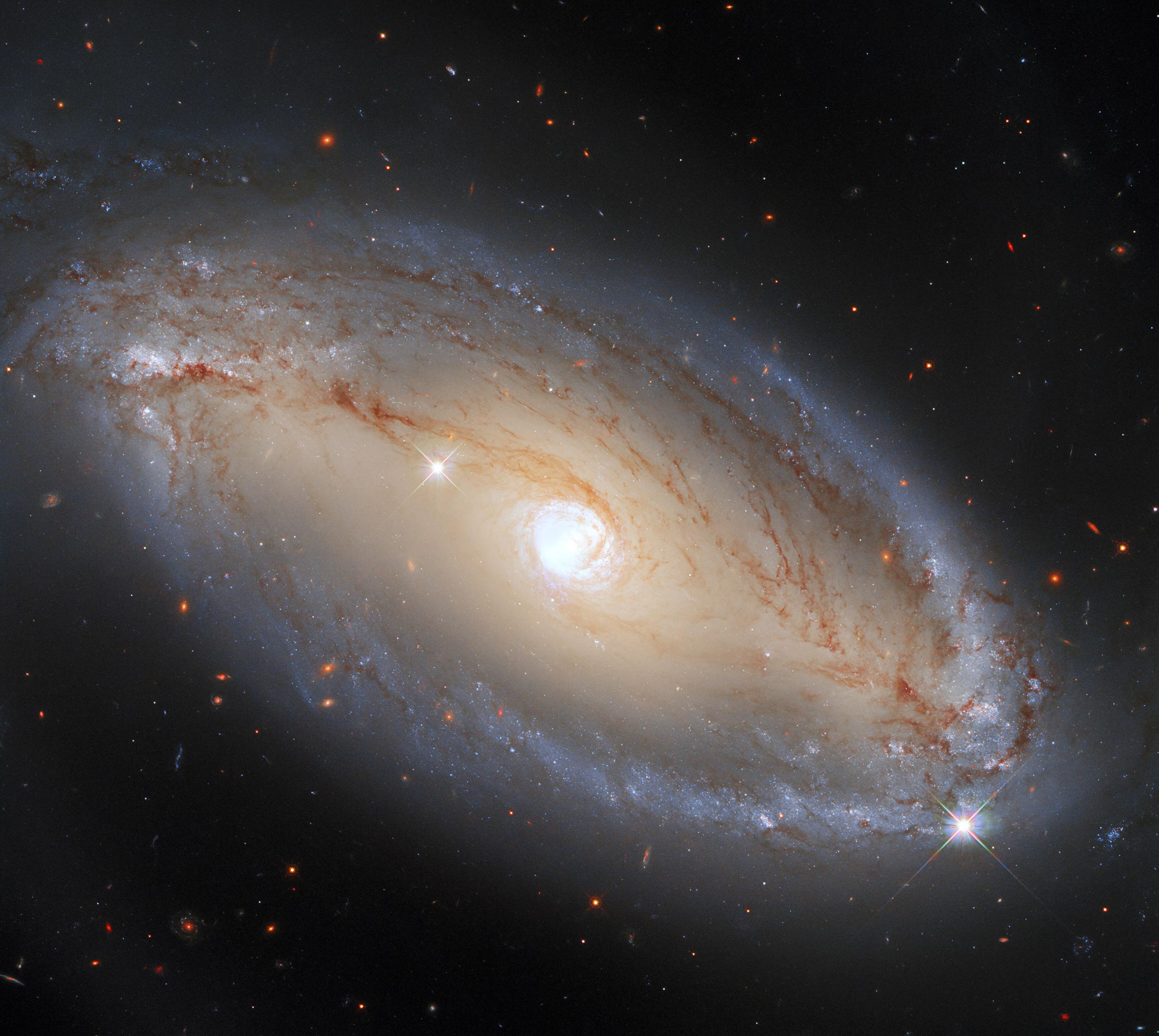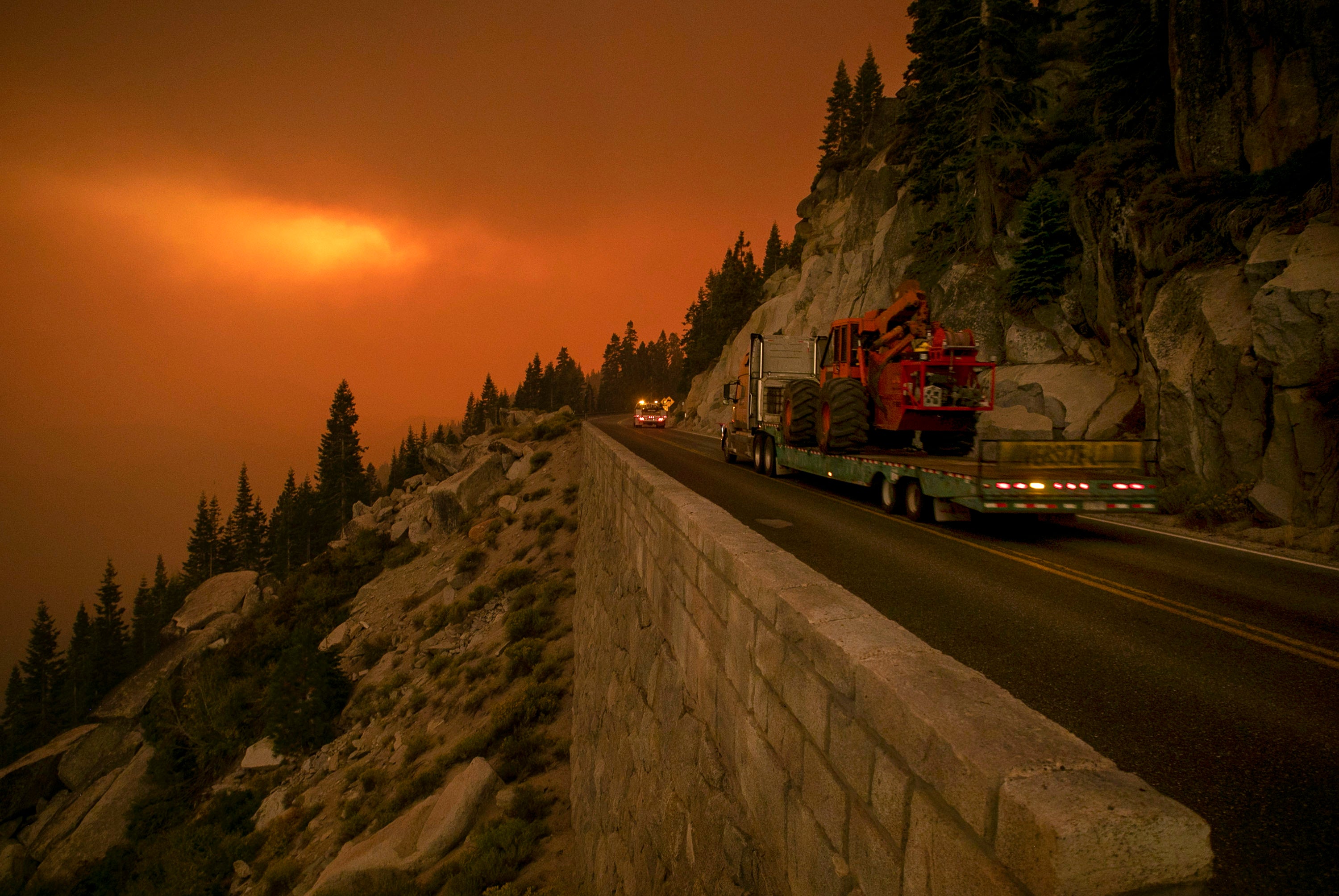Experts warn of heat risks as India’s temperatures climb again
By Sachin BAGHEL with Aishwarya KUMAR in Bengaluru
New Delhi (AFP) May 30, 2024
Extreme temperatures across India are having their worst impact in the country’s teeming megacities, experts said Thursday, warning that the heat is fast becoming a public health crisis.
India is enduring a crushing heatwave with temperatures in several cities sizzling well above 45 degrees Celsius (104 degrees Fahrenheit).
Temperature readings in the capital New Delhi rose into the high 40s Celsius this week, with power usage in the city — where the population is estimated at more than 30 million — surging to a record high on Wednesday.
“Cities are more vulnerable to the compounding effects of urbanisation and climate change,” said Aarti Khosla, director at research institute Climate Trends.
“Expect a greater number of hotter days, prolonged dry spells and less rainy days as weather patterns continue to change due to increased human emissions,” she told AFP.
– Heat ward and ice baths –
In Delhi’s Ram Manohar Lohia hospital, a specialised unit is busy treating patients with heat-related illnesses.
Equipped with immersion ice baths, the unit has treated eight heat-struck patients in the past week.
One person died Wednesday, medics said, with a body temperature that had surged to a fatal 41.5C (106.7F).
Among those admitted to the unit were manual labourers, most aged between 40 and 50, who work under the blazing sun.
“Treatment depends upon very quick, very rapid intervention and very rapid cooling,” hospital director Ajay Shukla said, warning that the mortality rate for severe cases is around “60-80 percent”.
The rising temperatures hit the vulnerable the hardest, including those on the economic margins, experts said.
“When the individual is dehydrated, extreme heat exposure will thicken their blood and cause organs to shut down, resulting in death within hours, popularly called ‘heat stroke’,” said Vidhya Venugopal, director at Sri Ram Institute of Higher Education and Research in Chennai.
“We urgently need… action to protect exposed populations.”
– ‘About survivability’ –
India is no stranger to searing summer temperatures but years of scientific research have found climate change is causing heatwaves to become longer, more frequent and more intense.
The highest confirmed temperature ever recorded in India was 51C (123.8F), in Phalodi on the edge of Rajasthan’s Thar Desert in 2016.
Khosla, from Climate Trends, described heatwaves as “the single largest threat to India’s well-being today”, adding that recent high temperatures were “proof that the issue is now about survivability”.
No relief comes at night.
A study published by New Delhi’s Centre for Science and Environment (CSE) this month said Indian cities were not cooling down after sunset as much as they had in the decade of 2001-2010.
It found temperatures then had dropped after dusk nearly 2C more than today.
“Hot nights are as dangerous as midday peak temperatures,” it said.
“People get little chance to recover from daytime heat… exerting prolonged stress on the body.”
– ‘Caused by burning coal’ –
Researchers say human-induced climate change has driven the devastating heat impact in India and should be taken as a warning.
“The suffering India is facing this week is worse because of climate change, caused by burning coal, oil and gas and deforestation,” said Friederike Otto, a climatologist at the Imperial College London and director of World Weather Attribution.
The world’s most populous nation is the third-biggest emitter of greenhouse gases but has committed to achieve a net zero emissions economy by 2070 — two decades after most of the industrialised West.
For now, it is overwhelmingly reliant on coal for power generation.
The government under Prime Minister Narendra Modi, who is seeking a third term in ongoing elections, says the fossil fuel remains central to meeting India’s rising energy needs and lifting millions out of poverty.
“What we are seeing in India is exactly what scientists said would happen if we didn’t stop heating the planet,” Otto said.
Related Links
The content herein, unless otherwise known to be public domain, are Copyright 1995-2024 – Space Media Network. All websites are published in Australia and are solely subject to Australian law and governed by Fair Use principals for news reporting and research purposes. AFP, UPI and IANS news wire stories are copyright Agence France-Presse, United Press International and Indo-Asia News Service. ESA news reports are copyright European Space Agency. All NASA sourced material is public domain. Additional copyrights may apply in whole or part to other bona fide parties. All articles labeled “by Staff Writers” include reports supplied to Space Media Network by industry news wires, PR agencies, corporate press officers and the like. Such articles are individually curated and edited by Space Media Network staff on the basis of the report’s information value to our industry and professional readership. Advertising does not imply endorsement, agreement or approval of any opinions, statements or information provided by Space Media Network on any Web page published or hosted by Space Media Network. General Data Protection Regulation (GDPR) Statement Our advertisers use various cookies and the like to deliver the best ad banner available at one time. All network advertising suppliers have GDPR policies (Legitimate Interest) that conform with EU regulations for data collection. By using our websites you consent to cookie based advertising. If you do not agree with this then you must stop using the websites from May 25, 2018. Privacy Statement. Additional information can be found here at About Us.
Note: This article have been indexed to our site. We do not claim legitimacy, ownership or copyright of any of the content above. To see the article at original source Click Here














